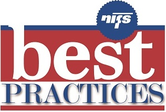If you are a fitness professional working with seniors, you’d better have a good relationship with your physical therapy department. According to the Centers for Disease Control and Prevention, one in three seniors over age 65 falls each year, with 20 to 30% of those falls resulting in severe injury.
After a severe fall the senior may need rehab, but there are times when they do not want to go. The three reasons I hear most often about why they’re not going to therapy are
- “I’m not going to therapy because I can’t afford it.”
- “I’m not going because I don’t have time.”
- “I’m not going because you can do it.”
The next time you hear one of the aforementioned reasons for not going to therapy, here is some information you can provide that they may not have known.
“I’m not going because I can’t afford it.”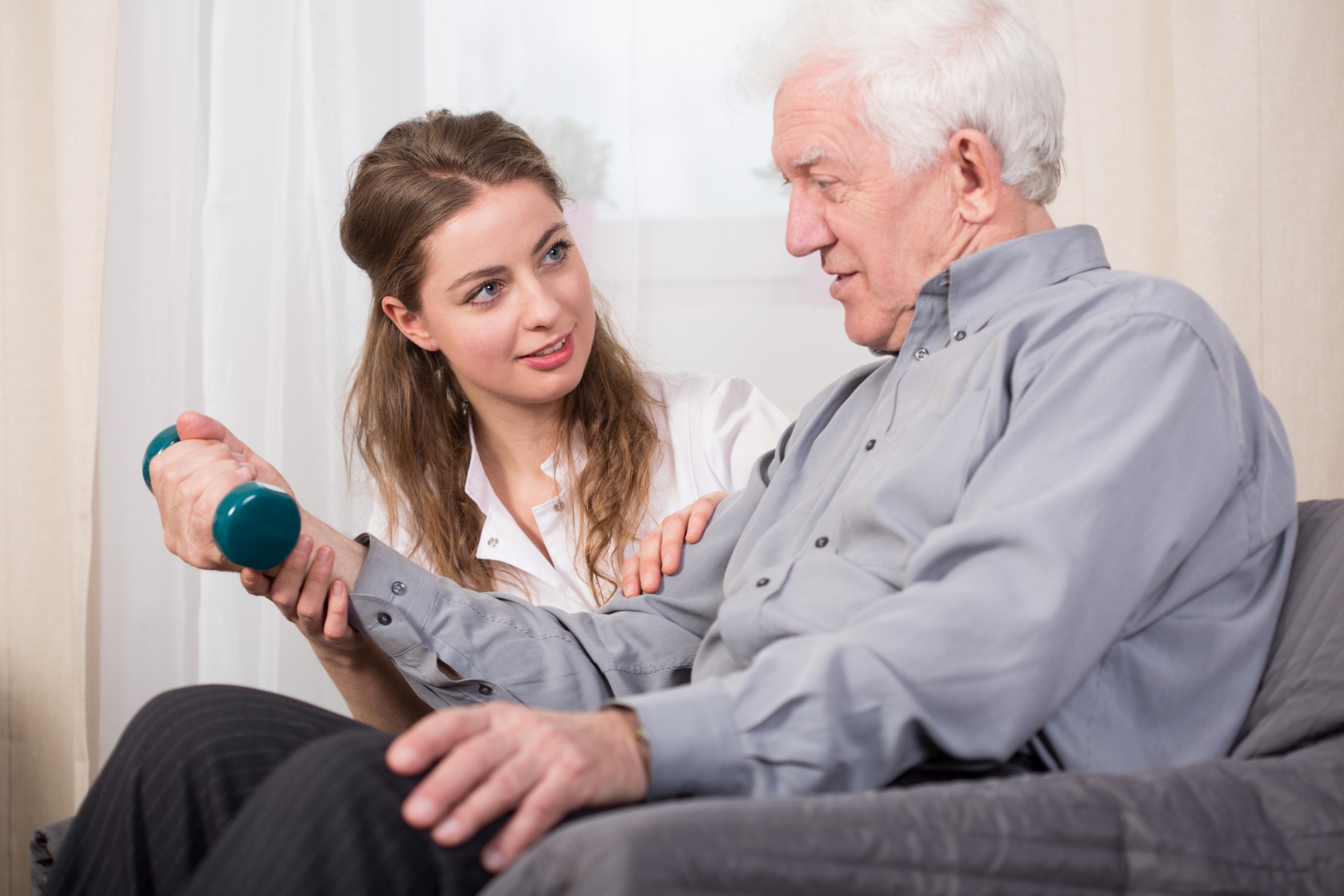
Physical therapy, speech therapy, and occupational therapy are covered under Original Medicare; the therapy caps for 2015 are $1,940. If this is the option they would like to go with, Medicare part B will pay 80% of the services and require them to pay 20%. Their cap resets after each calendar year, something many seniors don’t realize, so they may be fearful that they will have to pay 100% of the costs when in fact that isn’t true.
If the person has Medicare Advantage plan or any other detailed questions, I would suggest sending them to this section of the Medicare website, or to the therapy department. After all, we are laypersons in the field of Medicare, but our primary goal is to help them, so having this small amount of information along with other resources they can use may be enough to get them on the path to therapy.
“I’m not going because I don’t have time.”
When I hear this, I often follow it with one of my favorite fitness quotes from Edward Stanley:
“Those who think they have not time for bodily exercise will sooner or later have to find time for illness.”
We make time for the things in our lives that we view as most important. All we can do as fitness professionals is stress how important their body is; it’s their choice to agree and make the time to take care of it.
“I’m not going because you can do it.”
This might be the reason I hear most often. It is definitely flattering to hear the faith they place in your abilities, but we are not therapists and we must not overstep the scope of our training. Some people are really resistant to change, and their comfort level with you may be the reason they ask you to perform their therapy. I have found that if you show faith in therapy, and can suggest a therapist who you know is liked and gets positive results, it goes a long way in getting the person to consider therapy.
***
Neither department is more important than the other, but both are necessary for a successful and lasting recovery. The best fitness-therapy relationships are symbiotic, with both sides helping one another and referring clients. For more on strengthening this relationship, get this Quick Read.
Download our quickread for more about how intergrating services can be better for your resident's wellbeing.


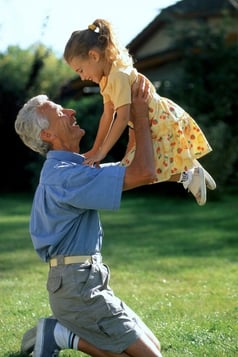

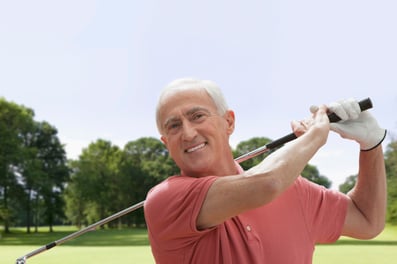 What Counts as Exercise?
What Counts as Exercise?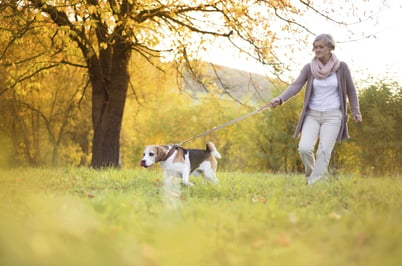 Living in the country can have its share of pros and cons when it comes to getting in your recommended daily activity. Although you might not have access to a fitness center at your fingertips, here is a list of 10 ways for seniors
Living in the country can have its share of pros and cons when it comes to getting in your recommended daily activity. Although you might not have access to a fitness center at your fingertips, here is a list of 10 ways for seniors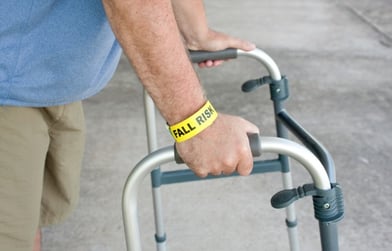 Obesity is an epidemic in our society today. Those who are obese have greater risk of diabetes, coronary artery disease, stroke, and arthritis.
Obesity is an epidemic in our society today. Those who are obese have greater risk of diabetes, coronary artery disease, stroke, and arthritis.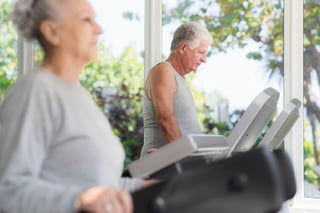 This blog was updated on March 22, 2017.
This blog was updated on March 22, 2017.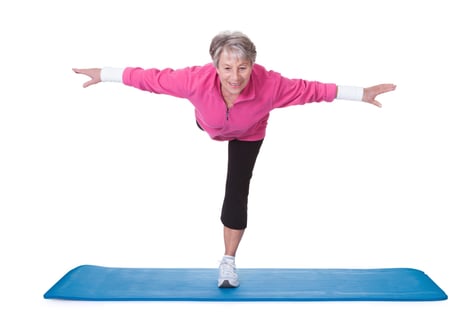 You might know that some of the basic elements your senior fitness workout program should include are weight training, cardio activities, and as much flexibility as possible. One element that needs special attention among the senior population is
You might know that some of the basic elements your senior fitness workout program should include are weight training, cardio activities, and as much flexibility as possible. One element that needs special attention among the senior population is 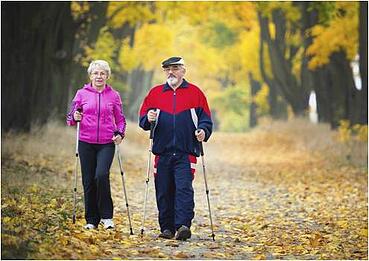 Over the years, it is easy to forget about exercise when it’s not routine. Remaining sedentary over life can lead to metabolic disorders and other diseases associated with physical inactivity. A recent
Over the years, it is easy to forget about exercise when it’s not routine. Remaining sedentary over life can lead to metabolic disorders and other diseases associated with physical inactivity. A recent 
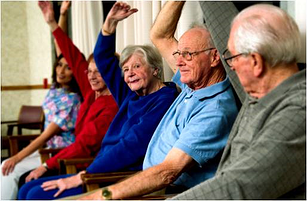 Make no mistake about it, physical activity is important. Study after study
Make no mistake about it, physical activity is important. Study after study 